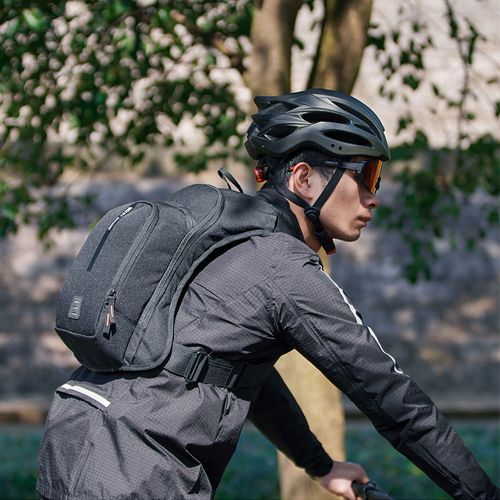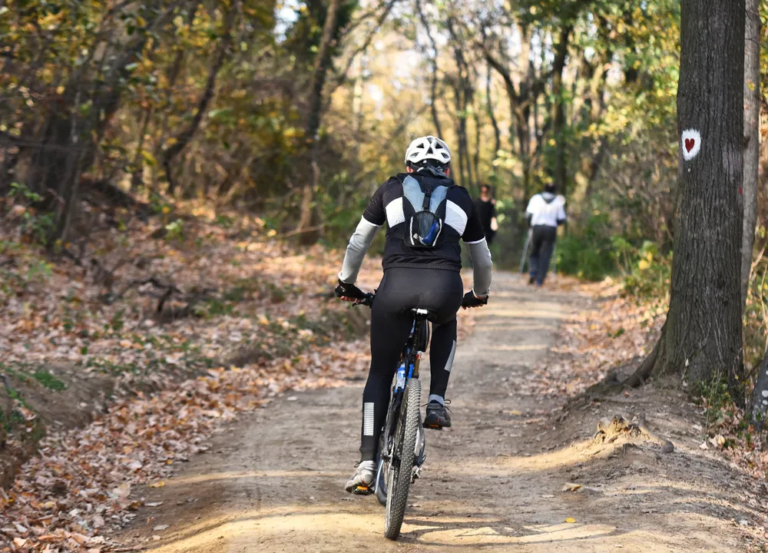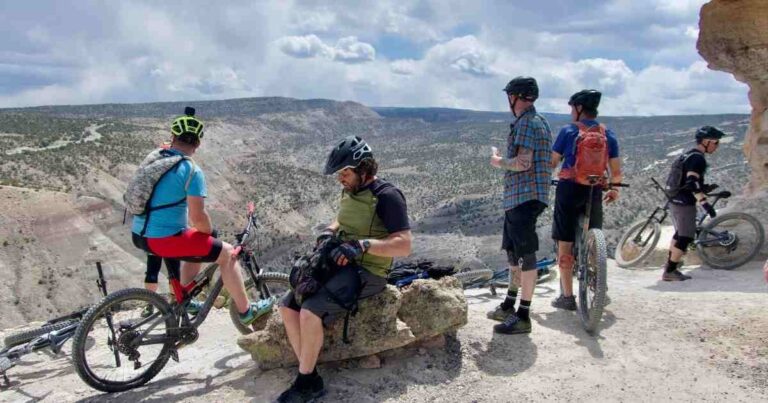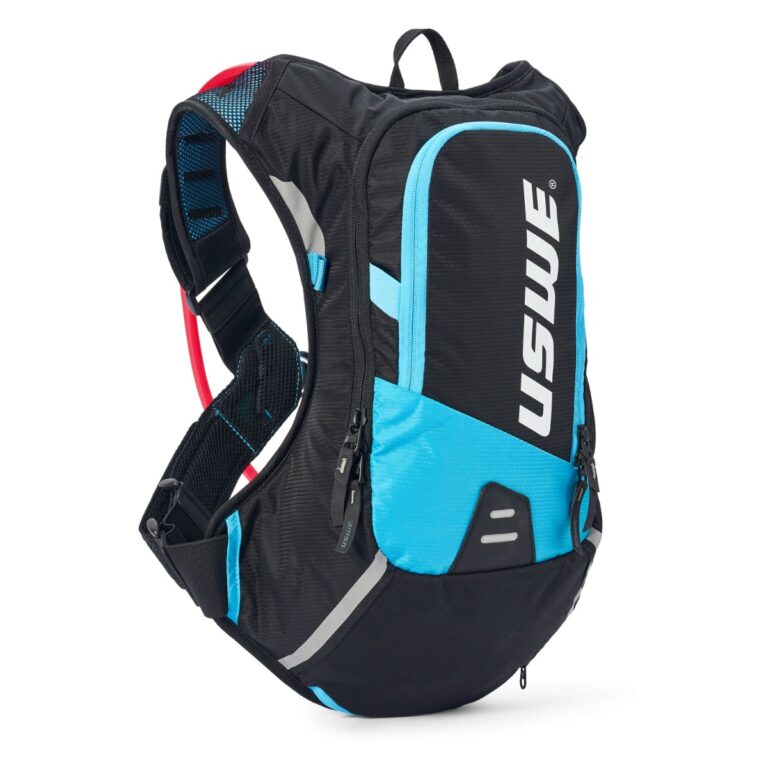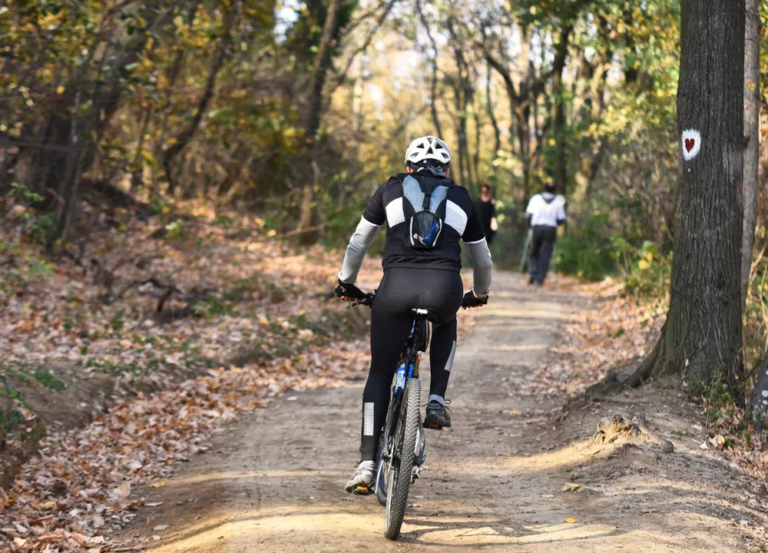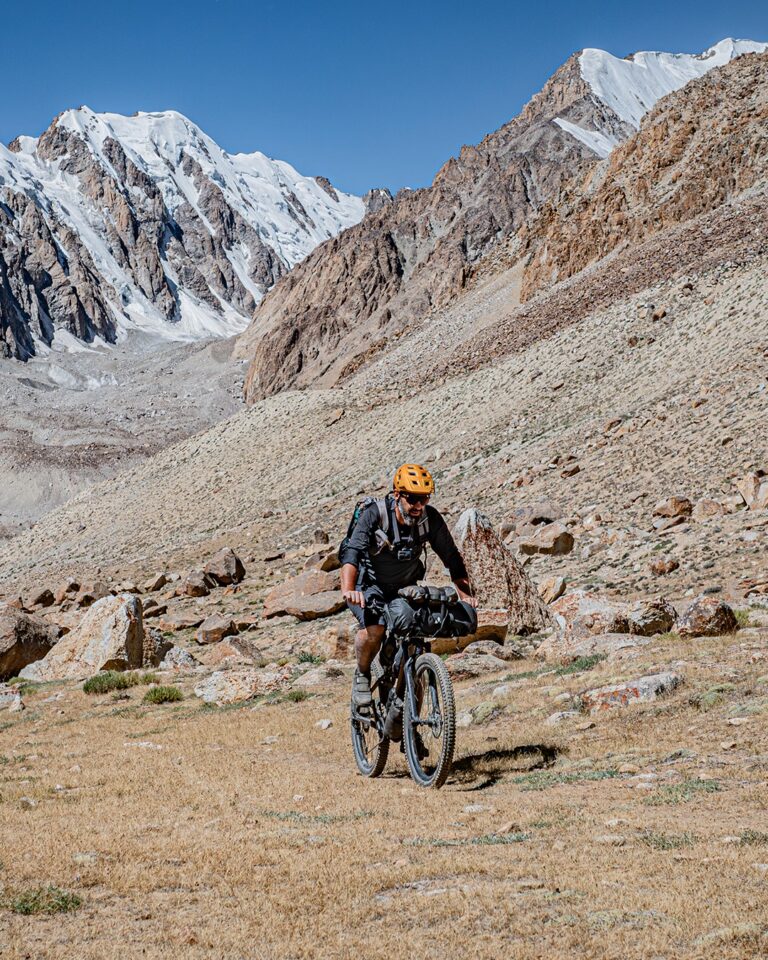Optimizing Performance: Hydration Pack Features for Racing Enthusiasts

Key Point Summary of Hydration Pack Features for Racing:
- Capacity and Weight Balance: Importance of choosing the right size and weight distribution for racing hydration packs.
- Accessibility and Design Features: Key features that enhance usability during competitive cycling.
- Durability and Comfort: Selecting materials and designs that withstand racing conditions while ensuring comfort.
As a seasoned masters cyclist with a rich background in racing and riding across various disciplines such as mountain biking, gravel biking, and cyclocross, I’ve come to appreciate the vital role that gear plays in competitive cycling. Among the most crucial pieces of race gear is the hydration pack. It’s not just a water carrier; it’s an essential tool for endurance and performance. Here, I want to share some key insights into selecting and utilizing racing hydration packs, especially for cyclists at the beginner to mid-level.
Capacity and Weight Balance
Choosing the Right Size: For racing, it’s essential to find a hydration pack that strikes the perfect balance between capacity and weight. In a 100-mile gravel race I participated in, I opted for a smaller, lighter pack. It carried enough water to keep me hydrated between aid stations without weighing me down.
Weight Distribution: A well-designed hydration pack should distribute weight evenly to avoid any imbalance that could affect your riding posture and stamina. Packs with a low center of gravity, sitting closer to your waist, are ideal for maintaining stability, especially during high-speed descents or technical trails.
Accessibility and Design Features
Easy Access to Water: The primary function of a hydration pack is to provide easy access to water. Look for packs with a high-flow bite valve and an easily reachable hose. During a particularly intense cyclocross race, the ability to quickly grab the hose and hydrate without slowing down was invaluable.
Storage for Essentials: While the main focus is on hydration, additional storage for race essentials like energy gels, tools, or a spare tube can be a lifesaver. My hydration pack with integrated pockets has often been the difference between finishing a race or not, especially when I needed quick access to nutrition or tools.
Streamlined Design: In racing, aerodynamics can impact performance. A sleek, streamlined hydration pack can reduce drag, a factor I noticed made a small but significant difference in my time during a time-trial event.
Durability and Comfort
Material Quality: Racing conditions can be tough on gear. Durable materials that can withstand abrasion and the elements are crucial. I learned this the hard way when a poorly made hydration pack I once used started to tear mid-race, leading to a very uncomfortable second half.
Comfortable Fit: Comfort is key, especially in longer races. Look for packs with adjustable straps and a design that contours well to your body. A well-fitting hydration pack, like the one I used in my last mountain bike marathon, can make you almost forget it’s there, allowing you to focus solely on your performance.
Personal Anecdotes for Relatability
During a high-altitude race, my hydration pack’s insulated tube prevented the water from freezing, something I hadn’t thought of until I saw another racer struggling with a frozen hose. In another race, the reflective detailing on my pack increased my visibility during a dawn start, adding an extra layer of safety.
Advanced Features in Hydration Packs for Racing
As you progress in your cycling career, you’ll find that advanced features in hydration packs can make a noticeable difference. Some packs come equipped with hydration tracking systems, which can remind you to drink at regular intervals. This feature is particularly useful in maintaining optimal hydration levels, which is crucial for peak performance.
Customization for Specific Races
Customization options can also play a pivotal role. For instance, in a cross-country race, a lighter pack with less water capacity but faster refill options might be ideal. Conversely, for endurance races like a century ride or an all-day mountain biking event, a larger capacity pack that can carry more water and supplies would be more appropriate.
Impact of Hydration Packs on Race Timing
Now, let’s talk about the impact of hydration packs on race timing. The right hydration pack can actually save you time. Quick access to water without having to stop or fumble with bottles means you can stay hydrated on the go, maintaining your pace. In several races, I’ve seen riders gain precious minutes by efficiently hydrating from their packs, without losing momentum.
Choosing the Right Pack for Your Racing Style
Your racing style and the nature of the events you participate in should dictate your choice of hydration pack. For fast-paced, shorter races, a minimalistic design that doesn’t hinder your movement is key. In contrast, for endurance and ultra-distance races, a pack with larger capacity and more comfort features will serve you better.
Hydration Pack Maintenance
Maintaining your hydration pack is as important as choosing the right one. Regular cleaning of the reservoir, hose, and mouthpiece is crucial to prevent mold and bacteria growth. Also, inspect your pack for wear and tear, especially after rigorous races or crashes, to ensure it remains reliable and functional.
Environmental Considerations and Hydration Packs
In recent years, there’s been a growing awareness about the environmental impact of racing. Choosing hydration packs made from sustainable materials or those that offer replaceable parts can be a small yet significant step towards eco-friendly racing practices.
Innovation in Hydration Technology
Looking to the future, we can expect more innovation in hydration technology. Concepts like integrated hydration monitoring systems and even smart packs that adjust water supply based on real-time physiological data are on the horizon. These advancements could revolutionize how we think about hydration in competitive cycling.
Conclusion
In competitive cycling, where every second and every ounce counts, choosing the right hydration pack is more than a convenience—it’s a strategic decision. It’s about finding that perfect blend of capacity, weight, comfort, and functionality to suit your specific racing needs. As technology evolves, so do the options available, making it an exciting time to be a competitive cyclist. Investing time in selecting and maintaining the right hydration pack could very well be the difference between a good race and a great one.
Here’s a list of race-ready hydration packs that cater to the needs of competitive cyclists:
1. CamelBak M.U.L.E.
- Features: Compact design with a 3-liter hydration capacity and integrated tool organizer. Ideal for shorter, high-intensity races.
- Benefits: Known for its comfortable fit and stability, it’s a favorite among XC racers.
2. Osprey Raptor 14
- Features: This pack has a 3-liter reservoir and added space for gear and snacks, plus a unique tool roll for essential repairs.
- Benefits: Its AirScape back panel provides excellent ventilation, making it ideal for longer, endurance races.
3. Evoc FR Lite Race
- Features: It has a smaller water capacity but includes integrated back protection, making it a great choice for more technical and downhill races.
- Benefits: Offers safety without compromising on the ease of carrying essential hydration and tools.
4. Platypus Duthie A.M. 10.0
- Features: Comes with a 3-liter hydration system and 10 liters of cargo capacity, with a focus on comfort and convenience.
- Benefits: Suitable for all-day events where extra storage is needed without sacrificing hydration.
5. Deuter Race Air
- Features: Lightweight with a 2-liter water reservoir, and features a breathable mesh back for superior airflow.
- Benefits: Perfect for road races and warmer climates, offering hydration without overheating.
6. Salomon ADV Skin 12 Set
- Features: Designed for ultra-running but excellent for cycling, this vest-style pack offers 12 liters of storage and multiple hydration options.
- Benefits: Provides a snug, secure fit with easy access to hydration and nutrition, essential for ultra-distance races.
7. Hydrapak Expedition 8L
- Features: An 8-liter capacity with a high-flow bite valve, designed for rugged conditions and longer adventures.
- Benefits: Its durable design and ample capacity make it perfect for multi-day races or remote cycling adventures.
8. Leatt DBX Mountain Lite 2.0
- Features: Comes with a 2-liter hydration bladder and a dedicated tool and nutrition compartments.
- Benefits: Its slim profile and lightweight design are ideal for aggressive riding and downhill racing.
FAQ
What is the best hydration pack for hard enduro?
The best hydration pack for hard enduro is typically one that combines a compact, lightweight design with durability and sufficient water capacity. The CamelBak M.U.L.E. is highly recommended for its balance of a sturdy build, comfortable fit, and enough storage for essential gear without being bulky, making it ideal for the demanding conditions of hard enduro.
Do road cyclists use hydration packs?
Yes, some road cyclists use hydration packs, especially for longer rides or when access to water is limited. However, they are less common in road cycling compared to mountain biking, as road cyclists often prefer water bottles for their lower weight and aerodynamic advantages.
What is the best hydration pack for endurance gravel racing?
The Osprey Raptor 14 is often considered the best hydration pack for endurance gravel racing. It offers a balance of ample hydration capacity (3 liters), sufficient storage for essentials, comfort for long rides, and a stable fit to handle varied gravel terrain.
Happily ready for the race!
John
